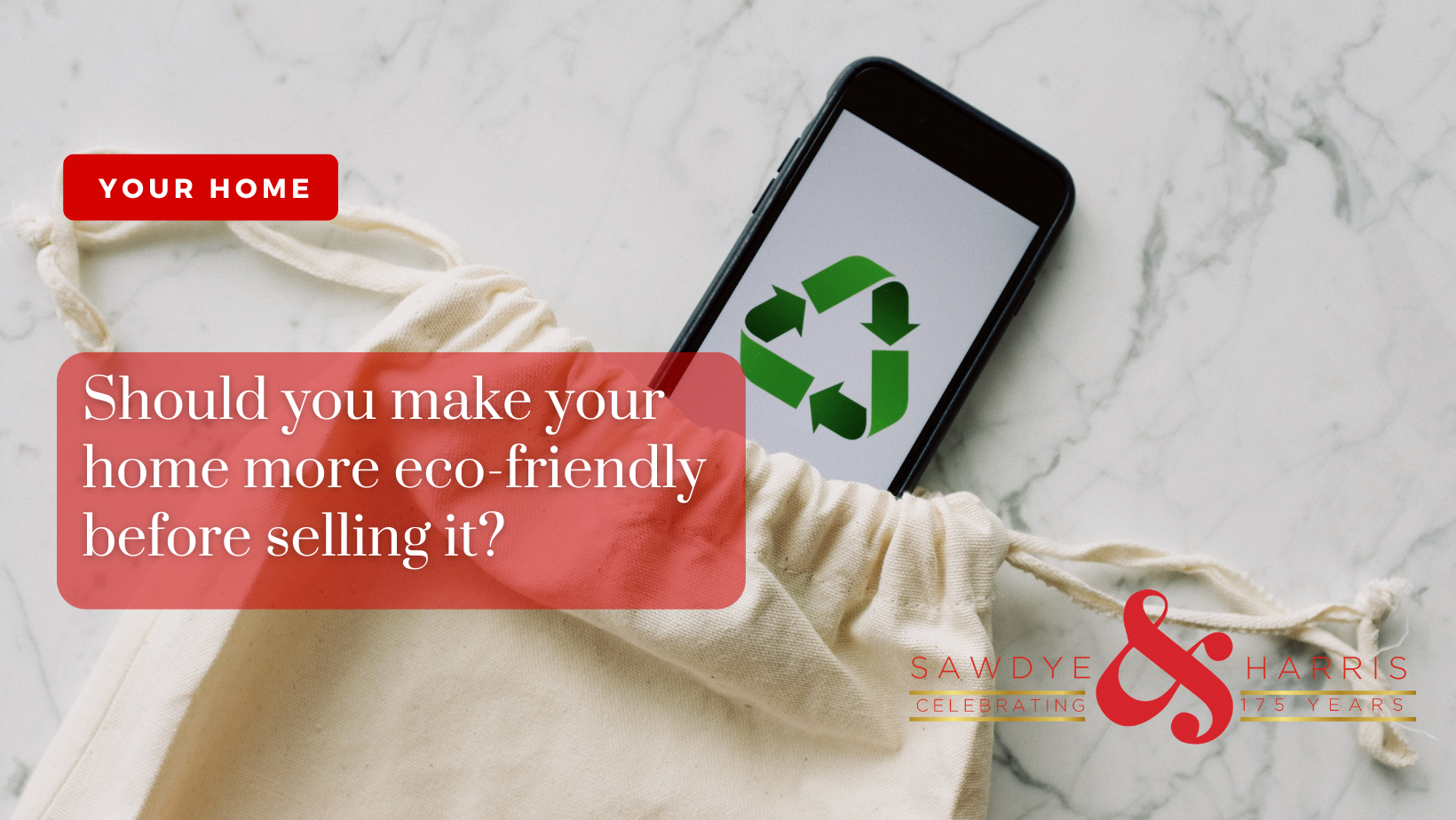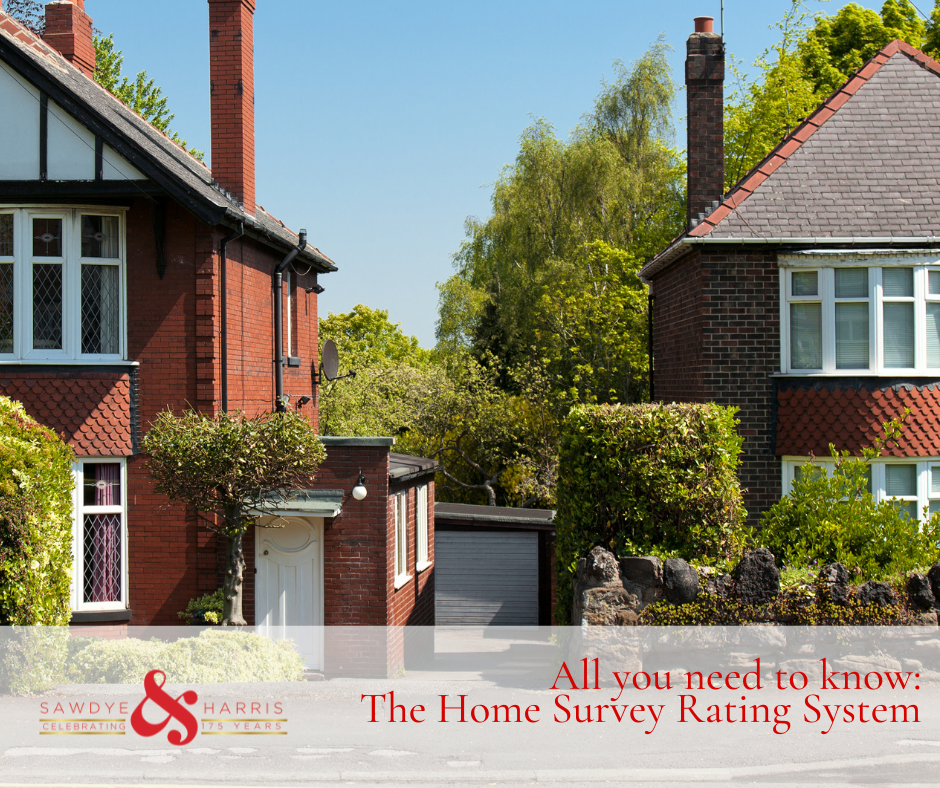Should you make your home more eco-friendly before selling it?
Modern homebuyers are demonstrating a clear preference for properties that promote eco-conscious living. In fact, according to one study, 89% of prospective buyers are looking for homes that are kind to the planet. This suggests that there is an obvious benefit to upgrading your home’s eco credentials. But before doing so, there are a few things to keep in mind. If you’re looking to sell, read on to discover if you should make your home more eco-friendly first.
It could add value
One of the main reasons why sellers may be reluctant to add new eco-friendly features to their home is the cost implication of doing so. However, making your home greener could ultimately make it more desirable to buyers, boosting its value and providing a favourable return on your investment. While it’s difficult to attach a precise figure to this claim, recent research suggests that upgrading a property’s EPC rating from G to A could boost its value by as much as £40,000.
It’s important to consider that the overall added value of any modifications will depend on the specific changes you make. For instance, a large-scale renovation that drastically improves a property’s efficiency and sustainability rating will appeal to customers looking to reduce energy bills. However, smaller improvements that won’t offer too many noticeable benefits to new owners will have less of an impact on the overall value. Think carefully about the cost of any new features and whether or not they’ll attract higher bids from prospective buyers.
How to do it
If you’re interested in boosting your home’s eco credentials, there are plenty of ways you can do it before putting it on the market. To proverbially kill two birds with one stone, consider tying any maintenance or cleaning work that needs to be done in with your eco upgrades. For example, if you need to give the walls a lick of paint, look to use low or no-VOC paints that leave less of a stain on the environment. Plus, freshly painted walls will go a long way to boosting your home’s curb appeal.
Similarly, if you need to give the furniture a refresh, look for ways you can upcycle your old items, or buy high-quality second-hand furniture. Before putting your property on the market, you’ll want to have it looking its best. Fortunately, tidying up your home can go hand in hand with making some eco improvements, so be sure to carefully plan your maintenance tasks to get the maximum benefit.
What are the drawbacks?
There are of course a few things you’ll need to consider before deciding whether or not to go ahead with your pre-sale eco renovation. First and foremost, think carefully about the ROI of any new feature. For example, solar panels can be a really effective option for homeowners looking to reduce both their carbon footprint and utility bills. However, these systems cost thousands of pounds to install, and studies show that it can take around six to ten years before you even start to breakeven.
Plus, large-scale renovations in certain properties may need planning permission or authorities’ approval before going ahead. When you’re looking to sell and time is of the essence, you won’t necessarily want to be waiting for the green light to make any modifications. If you’re looking to sell quickly, consider some smaller changes, such as switching to LED light bulbs, utilising smart technology, and installing low-flow water features.
Should you commit to eco-friendly upgrades?
Ultimately, it all depends on your personal circumstances and the sort of changes you’d look to make. Any eco-friendly features within your property can make it more appealing to buyers, but don’t look to install things for the sake of. Carefully consider what upgrades you’d like to make, and whether or not it’d impact the property’s value, and you’ll be able to make an informed decision on whether or not it’s worth the investment of your time and money.
Either way, even if there isn’t an immediate and obvious financial benefit, committing to eco-friendly installations within your home is a positive investment regardless, since it’ll help to drive more positive environmental change.





